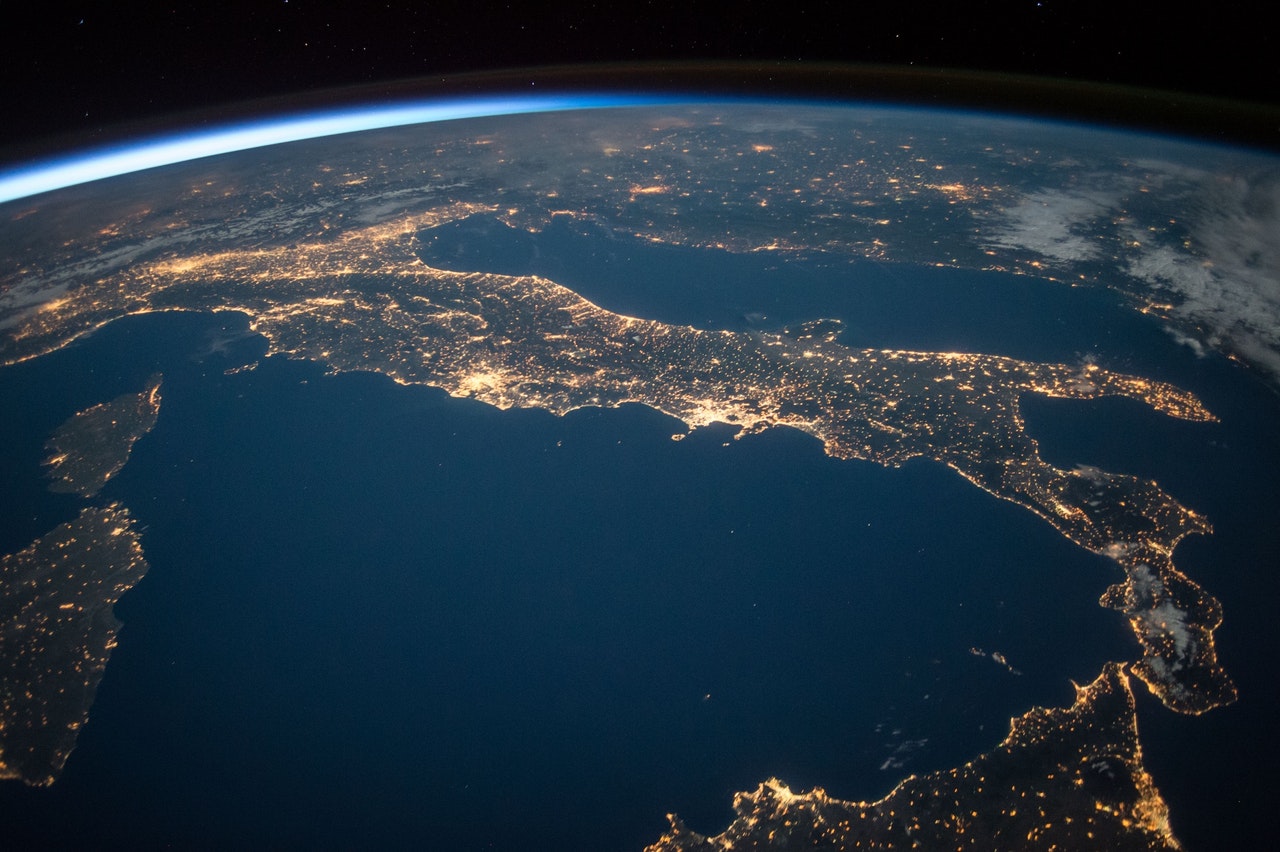The market for satellite observation of the Earth is at the stage of formation. This market is expected to thrive in the coming decades due to advances in technology and breakthroughs in the data collection and storage industry.
Providers are increasingly offering high-quality Earth observation data and high-resolution imagery from various sources.
New players are also entering the market, which contributes to the development of specificity in the market and creates new opportunities.
Earth Observation is also one of the critical tools for solving many problems, including climate change. This fact also affects the development of the market.
Companies and individual users from various industries generate the demand for Earth observation data. Image processing and geographic data help meet analytical needs and provide a deep understanding of many processes.
Radio intercepts and satellite imagery are commercially available and affect many workflows. Precision farming, as well as tracking air quality, would hardly be possible without satellite technology.
In addition, the observational data on our planet makes a significant contribution to the development of many health initiatives and helps us respond to various emergencies on time.
Satellite images can be used for various purposes by large agricultural companies and small farms.
Satellite monitoring offers many possibilities, including yield forecasting, accurate weather forecasting, crop health monitoring, and early detection and control of crop threats.
Remote sensing also contributes to combating climate change and maintaining food security.
Using earth observation data, you can get information about our planet’s physical, chemical, and biological systems.
Thanks to remote sensing technologies, namely satellites that carry satellite images of earth processing devices, it is possible.
Observation of our planet helps to assess and monitor the state of various changes on its surface.
Space technologies enable us to monitor the evolution of the environment, and timely assess crises caused by extreme weather conditions and human conflicts.
In some cases, these technologies can help to prevent damage or mitigate the impact. For example, monitoring allows timely detection of fires and minimizes the consequences of forest fires.
Earth observation data also plays a crucial role in decision-making on biodiversity, sustainable agriculture, maintaining ecosystem resilience, water resource management, building resilience in natural disasters, and public health.
A relatively limited number of operators have offered EO services in the past. However, the market evolves, driven by the IT and tech sectors. Due to these sectors, satellite pictures of earth are now available on the internet.
One of the representatives of this sector is EOS Data Analytics, a global provider of satellite imagery analytics.
The company offers customized solutions and software products for agriculture and forestry and more than 20 other industries.
One of the company’s main products is Landviewer — an online GIS assistant that allows users to search, process and download satellite imagery. More than a dozen indices are available on the platform to extract valuable information from satellite pictures, which helps users make the most effective decisions for their business.
Read more about software to find out how exactly it caters to those looking for a satellite imagery catalog and analysis tool in one place.
EOSDA offers turnkey solutions for IT companies too. Developers can access raw, processed, and analyzed satellite data via API integration to add value to their own product or get the ready-to-use tool via White Label solution.
This way, IT companies add value to their products or services while reducing development costs and time significantly. Companies can also request customized business solutions tailored to precise business needs.
Solutions developed by EOS Data Analytics can help extend the business and quickly increase the efficiency and value of an existing product or service by offering additional valuable opportunities.
The company plans to launch the EOS SAT satellite constellation, which will be focused on agriculture specifically. The first of seven optical satellites will be delivered by Dragonfly Aerospace and launched in 2022.
The launch of the entire constellation is planned to be finished by 2025.
Future Trends
New directions are emerging in the field of Earth observation. The companies are moving toward launching constellations of smaller and cheaper satellites instead of using large and expensive ones.
More efforts are now being made to shorten the return visit period and improve coverage.
Data volumes are increasing and becoming more accessible. It is also expected to reduce the price and the formation of new business models for EO providers, which will develop through the sale of intellectual information.
For example, companies will be able to earn money by providing reports on the profitability of shopping centers through the calculation of occupied parking spaces.
In any case, Earth observation and the provision of near real-time satellite imaging will continue to provide new opportunities for various industries and businesses. With their help, you can improve management and increase the efficiency of decisions.
